Real Life Accident: Sleeping During Watch Leads To Vessel Grounding
A small cargo vessel was on a coastal passage and proceeding at full sea speed. At midnight, the Master, one of the two watchkeepers on board, was relieved by the other officer. Soon after taking over the watch, the OOW, as was the common practice on this vessel, sent the duty lookout below.
It was later determined that the OOW fell asleep sometime after sending the lookout below. With the Bridge Navigational Watch Alarm System (BNWAS) turned off and other alarms not activated, available bridge resources that could have alerted the crew and/or awoken a sleeping OOW were silenced. As a result the vessel steamed at 11.5 knots with no-one in control on the bridge for over an hour before grounding.
All of the vessel’s crew, with the exception of the OOW, were awoken by the vessel running aground. The Master ran to the bridge, where he found the OOW still asleep. He roused him and simultaneously placed the engine control to neutral. The OOW awoke confused and was shocked to find that the ship was aground.
In the days leading up to the accident, the OOW had maintained the 0000-0600 watch. However, for the 24-hour period preceding the accident this routine was reversed. While the vessel was alongside he was the duty night officer, but was expected to rest from midnight (when he would normally be on watch) and work through from 0700-1200, (when he would normally be asleep). It is likely that this change of routine impacted upon his quality of sleep during the night in port. He did have over four hours rest before taking over the watch from the Master at midnight and appeared to be fit and well at that time. However, within one hour of taking the watch the OOW failed to call the pilot station, despite specific instructions in the Master’s night order book (which he had signed) and the Master’s verbal reminder to him at the watch handover. This suggests that weariness was already affecting his cognitive ability.
Findings of the report
* The OOW fell asleep on watch as a result of insufficient stimulation and probable fatigue following a change of work and rest pattern.
* There was no lookout on the bridge, as required during the hours of darkness, allowing the OOW to fall asleep unnoticed. It was not unusual for lookouts to be dismissed from the bridge during the hours of darkness.
* By including the AB/cook on the look-out duty roster, there would have been sufficient manpower for a dedicated lookout to be maintained during the hours of darkness, whilst ensuring personnel did not work excessive hours.
* The Master did not exercise his overriding authority for the safety of the vessel to delay sailing until his watchkeepers and lookouts were adequately rested.
* Navigational aids were not used effectively to ensure a vigilant and effective watch was maintained at all times.
* The vessel was equipped with a BNWAS. However, neither the ship’s managers nor the Master required that this equipment be used; it was seldom, if ever used by the bridge watchkeepers.
Reference & Image Credits: nautinst
Disclaimer :
The information contained in this website is for general information purposes only. While we endeavour to keep the information up to date and correct, we make no representations or warranties of any kind, express or implied, about the completeness, accuracy, reliability, suitability or availability with respect to the website or the information, products, services, or related graphics contained on the website for any purpose. Any reliance you place on such information is therefore strictly at your own risk.
In no event will we be liable for any loss or damage including without limitation, indirect or consequential loss or damage, or any loss or damage whatsoever arising from loss of data or profits arising out of, or in connection with, the use of this website.
Do you have info to share with us ? Suggest a correction
Disclaimer :
The information contained in this website is for general information purposes only. While we endeavour to keep the information up to date and correct, we make no representations or warranties of any kind, express or implied, about the completeness, accuracy, reliability, suitability or availability with respect to the website or the information, products, services, or related graphics contained on the website for any purpose. Any reliance you place on such information is therefore strictly at your own risk.
In no event will we be liable for any loss or damage including without limitation, indirect or consequential loss or damage, or any loss or damage whatsoever arising from loss of data or profits arising out of, or in connection with, the use of this website.
- Real Life Incidents: Near Miss In Open Water And Good Visibility
- Real Life Incident: Poor Situational Awareness Leads to Collision
- Real Life Incident: Monkey’s Fist Knocks on Office Window
- Real Life Incident: Paint Storage Slip-Up On Ship
- Real Life Incident: Checklist Mentality Is A Burning Problem
- Real Life Incident: Vessel Speed Exacerbates Bank Suction
Latest Case studies Articles You Would Like:
Daily Maritime News, Straight To Your Inbox
Sign Up To Get Daily Newsletters
Join over 60k+ people who read our daily newsletters
By subscribing, you agree to our Privacy Policy and may receive occasional deal communications; you can unsubscribe anytime.



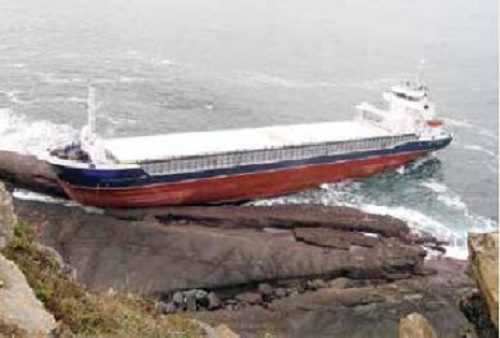


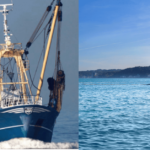

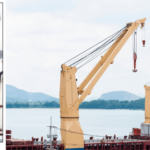

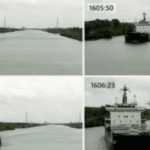
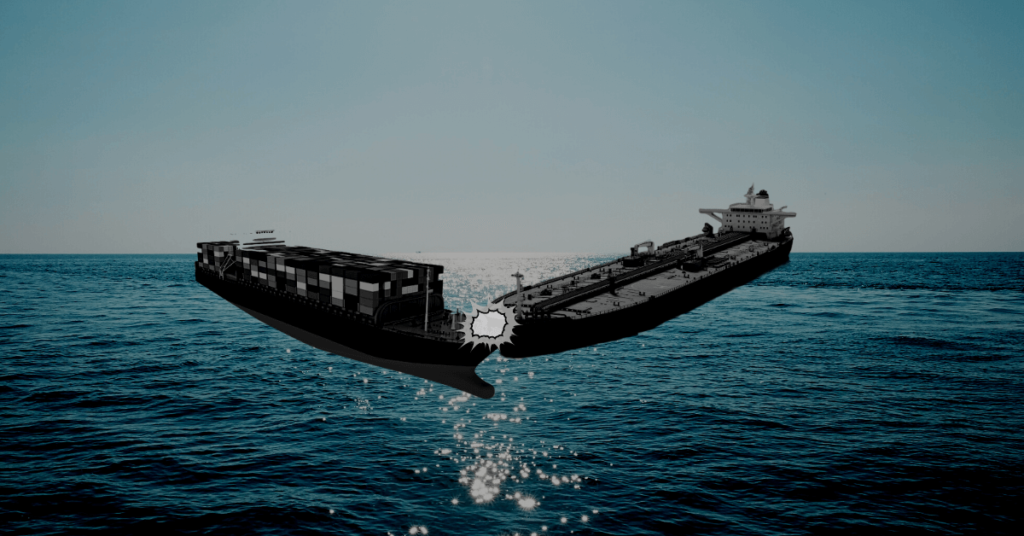
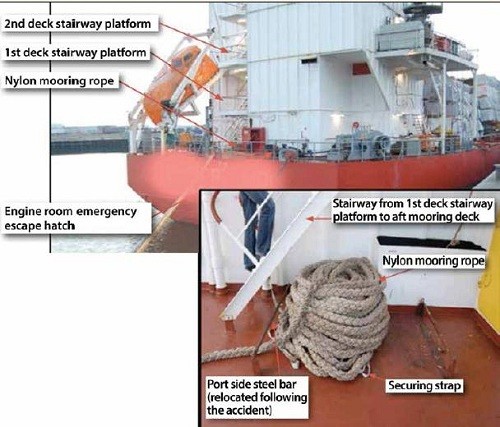
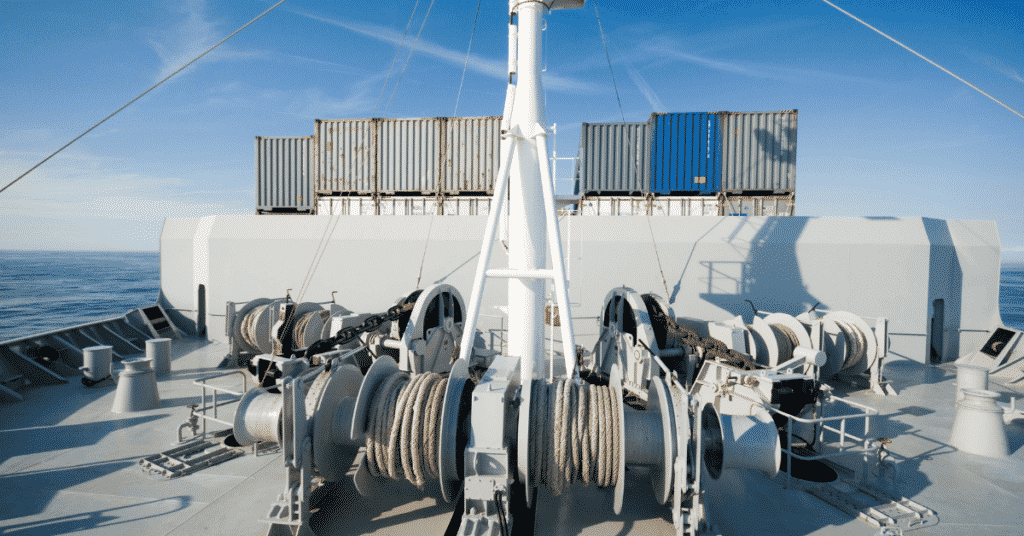
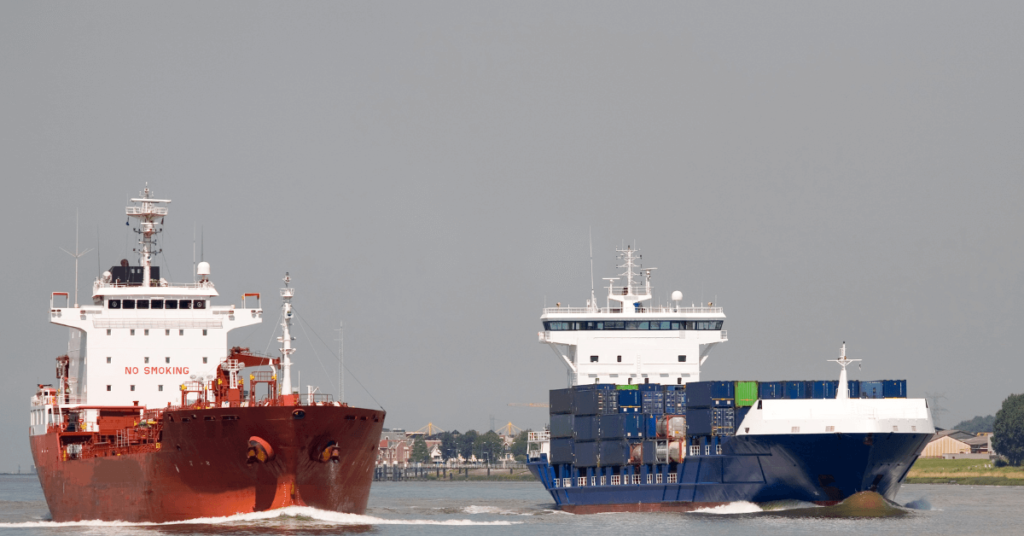
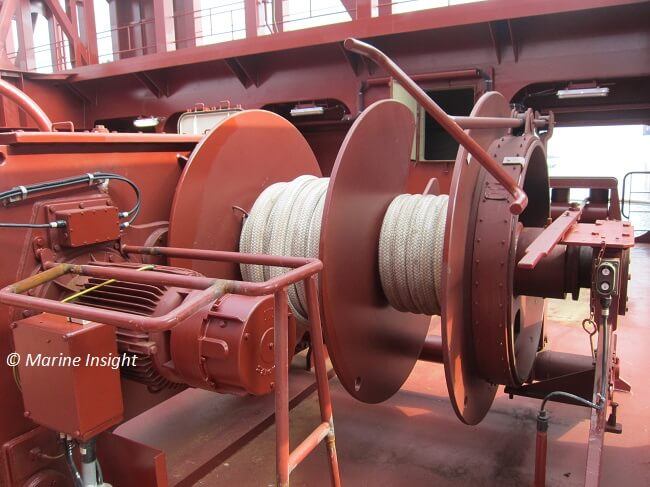
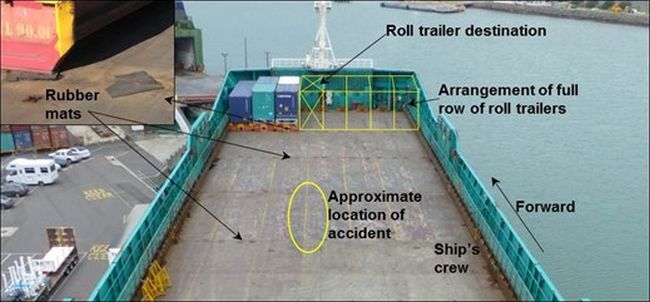
As I always say . Please issue role to stop 6on 6off duty . And also no duty for masters. Master is master
Economy at what cost? Only two navigational watchkeepers? This is absurd.
Luckily no lives lost
its series of error…no lookout…no banwas…such OOW sud nt sail…
the watch crew who caused the accident should be taken back to marine school,this time he will understand
Understanding the risky at work is more important than doing the work
This is due to cost cutting ,cheep crew ,cheep office staff,now most problum of shipping is unexperince staff working on office
young oow officers who mostly insist to use their license too soon even they know they still lack the ripe experience are the major causes of marine accidents. That’s it
its the master responsibility to ensure than all watchkeeper should have sufficient rest if he find anybody not fit for duty then he has to do something
those ships run around with a minimum crew of 5 or 6, cook is also AB, Master is also radio officer and secretary and many other jobs, steward etc. One man on the bridge at night is never safe, period.
On most small/coasting v/ls there are only 2 watch keeping officer s, (one of whom is the Master). Personally, I think the practice is wrong, but many companies wouldn’t be able to afford a 3rd watchkeeping officer.
on This is standard violence not only by non competency OOW, but so on the masters very large problem for control the OOW.